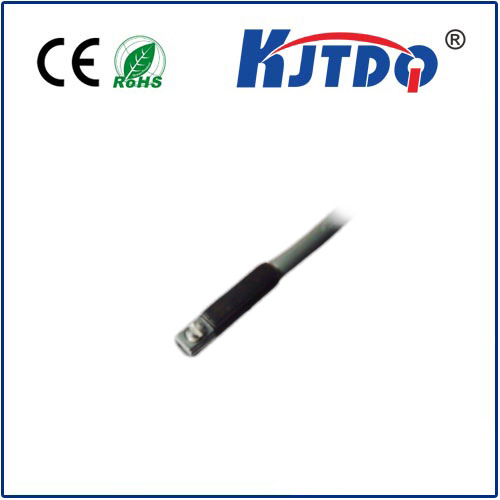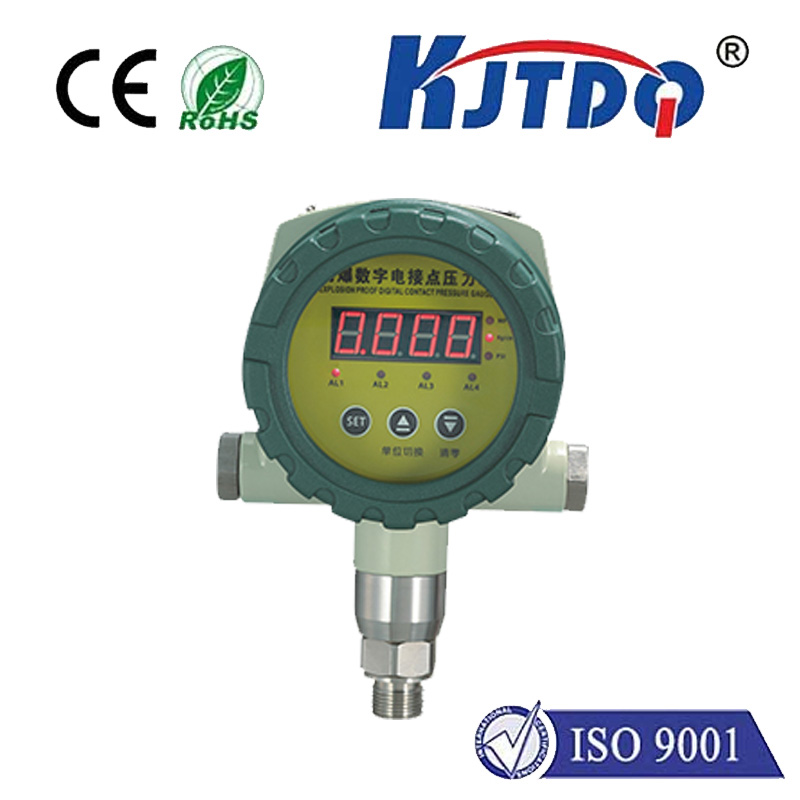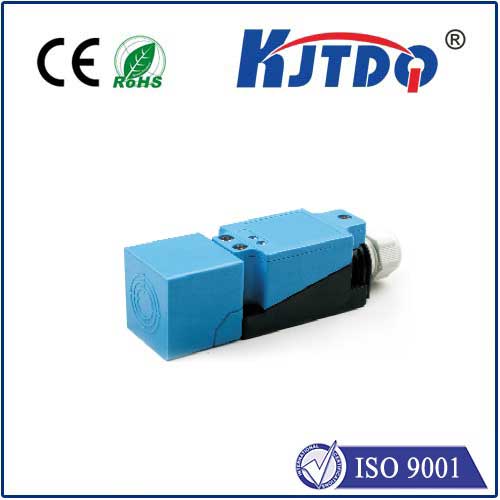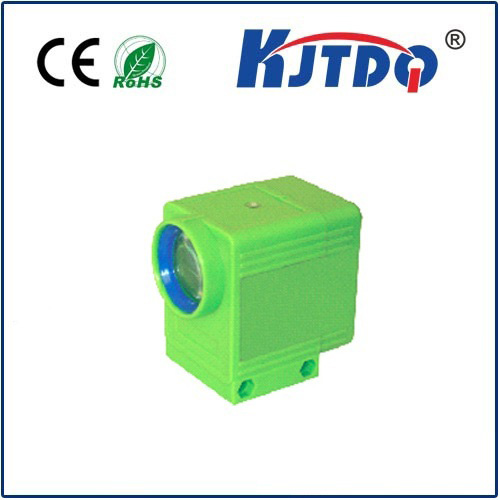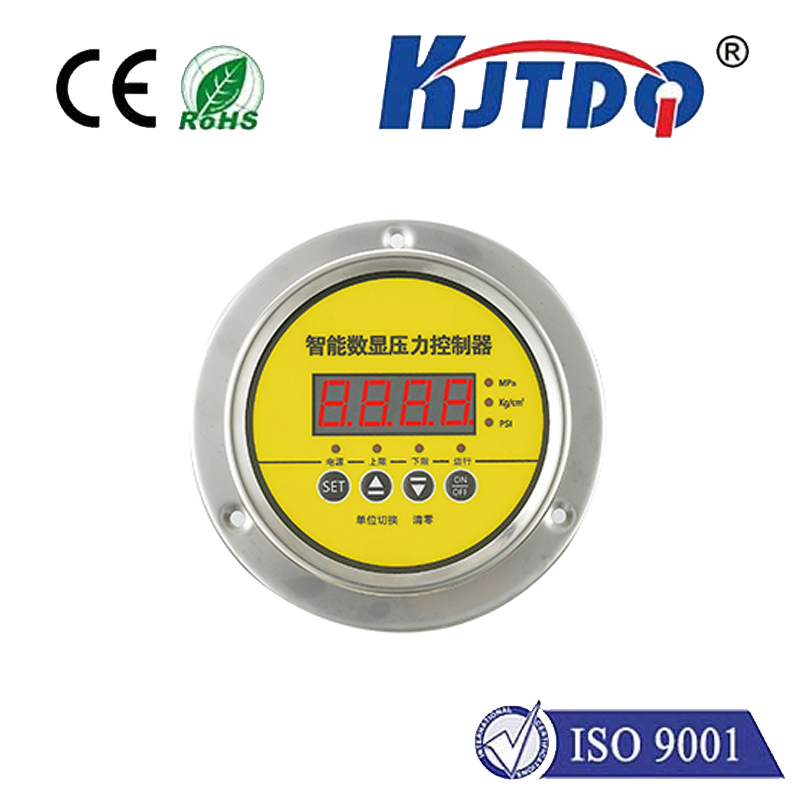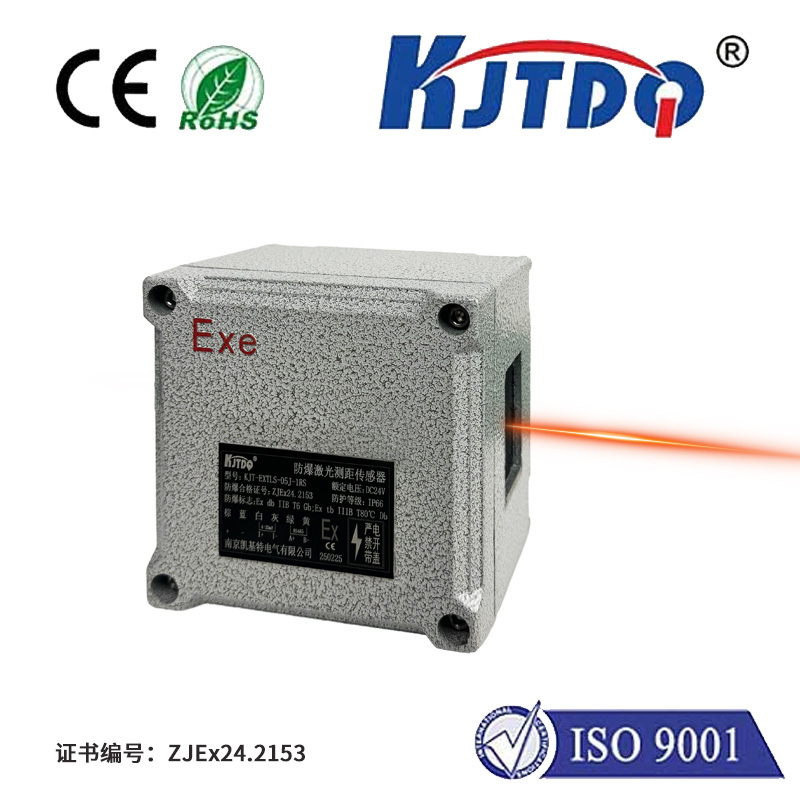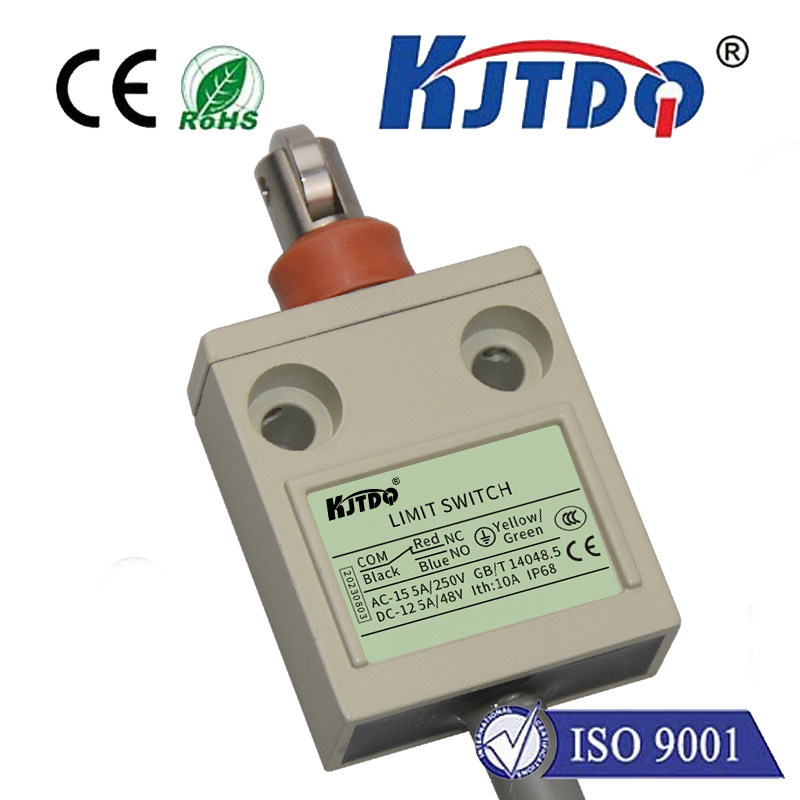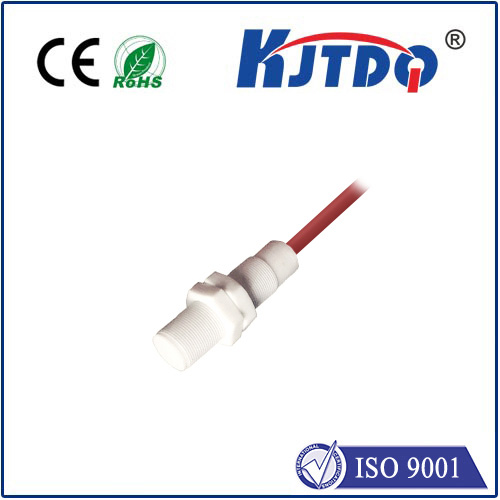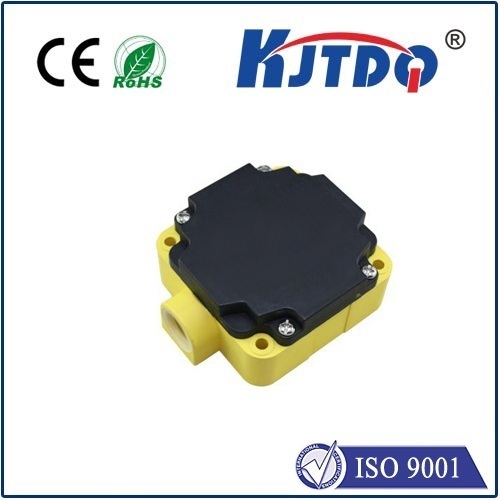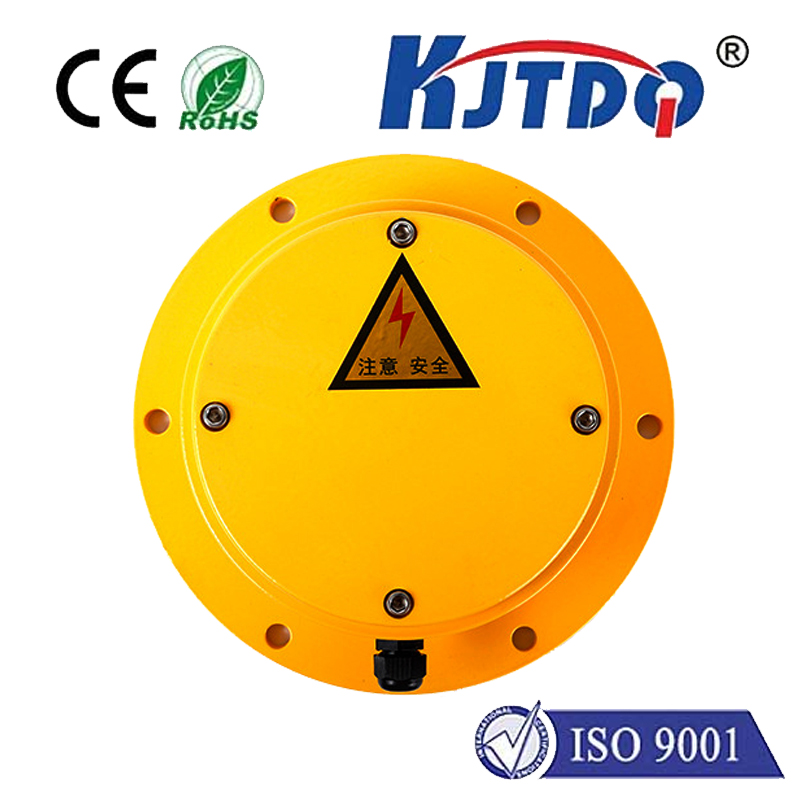cntd proximity sensor rectangular
- time:2025-09-09 04:53:32
- Click:0
Rectangular Proximor Sensors: Compact Solutions for Tight Spaces
Struggling to integrate reliable proximity sensing into tight machinery layouts or compact equipment designs? Traditional round sensors often create installation headaches where space is limited. Enter the rectangular proximity sensor, a specialized solution engineered precisely for demanding environments where every millimeter counts. These sensors offer a unique combination of a space-saving profile and robust industrial performance.
The Power of the Rectangular Form Factor
The defining characteristic is their shape. Unlike their cylindrical counterparts, rectangular proximity sensors boast a low-profile, flat housing. This design inherently delivers significant advantages:

- Maximizing Mounting Efficiency: Their flat sides and slender profile allow them to be mounted flush against surfaces or tucked into corners and edges where round sensors simply wouldn’t fit. This is invaluable in densely packed control panels, robotic arms, narrow conveyor sections, or small sub-assemblies.
- Enhanced Stability: The wider base created by the rectangular housing often provides a larger mounting surface area. This can lead to increased mechanical stability and vibration resistance, crucial for sensors operating in demanding industrial settings.
- Precise Positioning: The defined edges of the housing make visual alignment and precision placement easier during installation, ensuring the sensing face is optimally positioned relative to the target object. This is particularly beneficial for detecting small targets or when needing consistent triggering points.
Beyond Shape: Robustness and Reliability
Leading manufacturers like C&K Sensors (a common interpretation of “cntd” in industrial contexts) design their rectangular proximity sensors to be as tough as they are compact. Key performance features include:
- Rugged Construction: Housings are typically crafted from robust materials like nickel-plated brass or durable engineering plastics (PBT), offering excellent resistance to impact, shock, and harsh environmental factors.
- High IP Ratings: IP67 or even IP69K ratings are common, signifying superior protection against dust ingress and high-pressure water jets. This makes them suitable for washdown environments in food & beverage or pharmaceutical manufacturing.
- Temperature Resilience: Engineered to perform reliably across wide temperature ranges (-25°C to +70°C or beyond), ensuring stability whether installed inside climate-controlled cabinets or on equipment exposed to ambient plant conditions.
Sensor Technology: Versatility in Detection
Rectangular proximity sensors primarily use robust inductive sensing technology, ideal for detecting metallic targets (iron, steel, aluminum, brass, etc.). Key technology points include:
- Non-Contact Operation: They detect targets without physical contact, eliminating wear and tear and enabling high-speed, maintenance-free operation.
- Output Options: Available with standard configurations like NPN normally open (NO), NPN normally closed (NC), PNP NO, and PNP NC outputs (typically 3-wire designs), providing flexibility for integration into diverse PLC or control systems. 4-wire options combining NO+NC are also prevalent.
- LED Status Indicator: Integrated LEDs provide instant visual feedback on the sensor’s operational state (powered on, target detected), simplifying setup, diagnostics, and troubleshooting.
- Flush or Non-Flush Mounting: Many rectangular models offer flush-mounting capability, meaning they can be installed embedded in metal without affecting their detection range. Non-flush versions (requiring an air gap) often provide longer sensing distances. Understanding the specific mounting type required (flush or non-flush) is critical for correct application.
Compelling Applications Across Industries
The unique advantages of rectangular proximity sensors make them indispensable in numerous scenarios:
- Packaging Machinery: Monitoring product presence on narrow conveyors, verifying carton flap closure, detecting labels, or confirming filling levels within tight machine cavities.
- Automated Assembly: Verifying component insertion in jigs, detecting pallets or fixtures on transfer lines, monitoring actuator position in compact robotic grippers, or ensuring safety gate closure on small cells.
- Material Handling: Detecting pallets or totes on compact conveyors, confirming the position of sliding gates or diverters in confined spaces, or monitoring bin levels in automated storage systems.
- Machine Tools: Tool presence/absence detection within tight-spaced tool changers, verifying chuck jaw position, or monitoring coolant flow sensors integrated into machine frames.
- Food & Beverage Processing: Counting bottles/cans on high-speed lines, verifying cap placement, or monitoring valve positions in washdown-compliant equipment (IP69K advantage). Their smooth, crevice-minimizing rectangular design also aids hygiene.
- Automotive Manufacturing: Door latch verification, hood/trunk position sensing, robotic weld gun tip detection, or confirming component placement on sub-assembly fixtures where space is severely constrained.
The rectangular proximity sensor is far more than just a different shape; it’s a purpose-built solution for the modern industrial landscape where efficiency and space optimization are paramount. Its compact footprint, robust build quality, reliable sensing technology, and versatile mounting options make it the go-to choice when conventional round sensors prove impractical. By incorporating rectangular sensors like those from C&K and other leading manufacturers, engineers and maintenance professionals can overcome space restrictions while achieving the high levels of reliability and durability demanded by today’s challenging automation environments.






